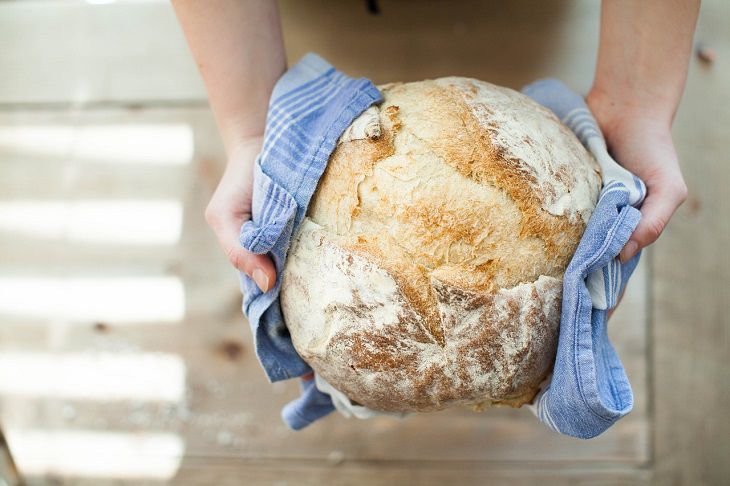You shouldn't be afraid of carbohydrates - they can make you full and energetic, you can can eat bread sometimes.
Meanwhile, not all bread is healthy, so you should only choose the best varieties to eat regularly.
Here's how you can choose healthy bread to eat.

Look for Whole Grains
Choose bread that is made from whole grains. Whole grains contain more fiber, vitamins, and minerals compared to refined grains.
Look for labels that say "100% whole grain" or "whole wheat" to ensure you're getting the real deal.
Check the Ingredients
Read the ingredients list on the bread packaging. The first ingredient should be a whole grain, such as whole wheat or whole oats.
Avoid bread that lists refined grains or added sugars as the main ingredients.
Watch out for Added Sugars
Some breads have added sugars to enhance flavor. Check the nutrition label and choose bread with little to no added sugars.
Keep an eye out for terms like high fructose corn syrup, molasses, or honey, which indicate added sugars.
Fiber Content Matters
Look for bread that is high in fiber. Fiber is good for digestion and can help keep you feeling full.
Aim for bread with at least 2-3 grams of fiber per serving.
Consider Sodium Levels
Check the sodium content on the nutrition label. Too much sodium can contribute to high blood pressure.
Choose bread with lower sodium levels, ideally below 200 milligrams per serving.
Avoid Artificial Additives
Some breads contain artificial additives like preservatives, colors, or flavors.
Opt for bread with minimal or no artificial additives to keep it more natural and healthier.
Portion Control
Pay attention to portion sizes. Even healthy bread should be consumed in moderation.
Stick to the recommended serving size and avoid excessive consumption.
Fresh or Frozen Options
Consider fresh or frozen bread options.
Freshly baked bread from local bakeries or homemade bread can be healthier alternatives compared to highly processed and packaged breads.












